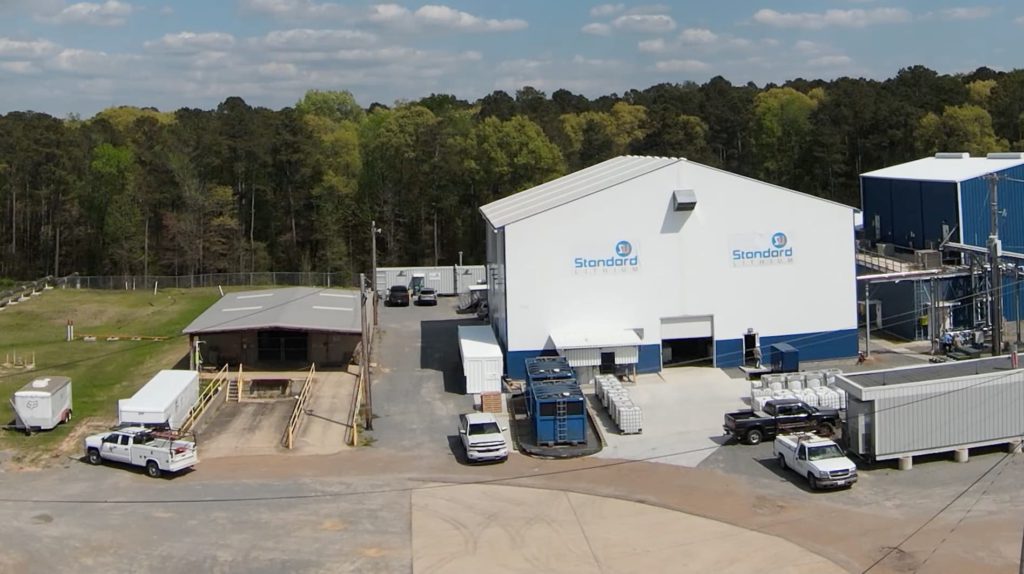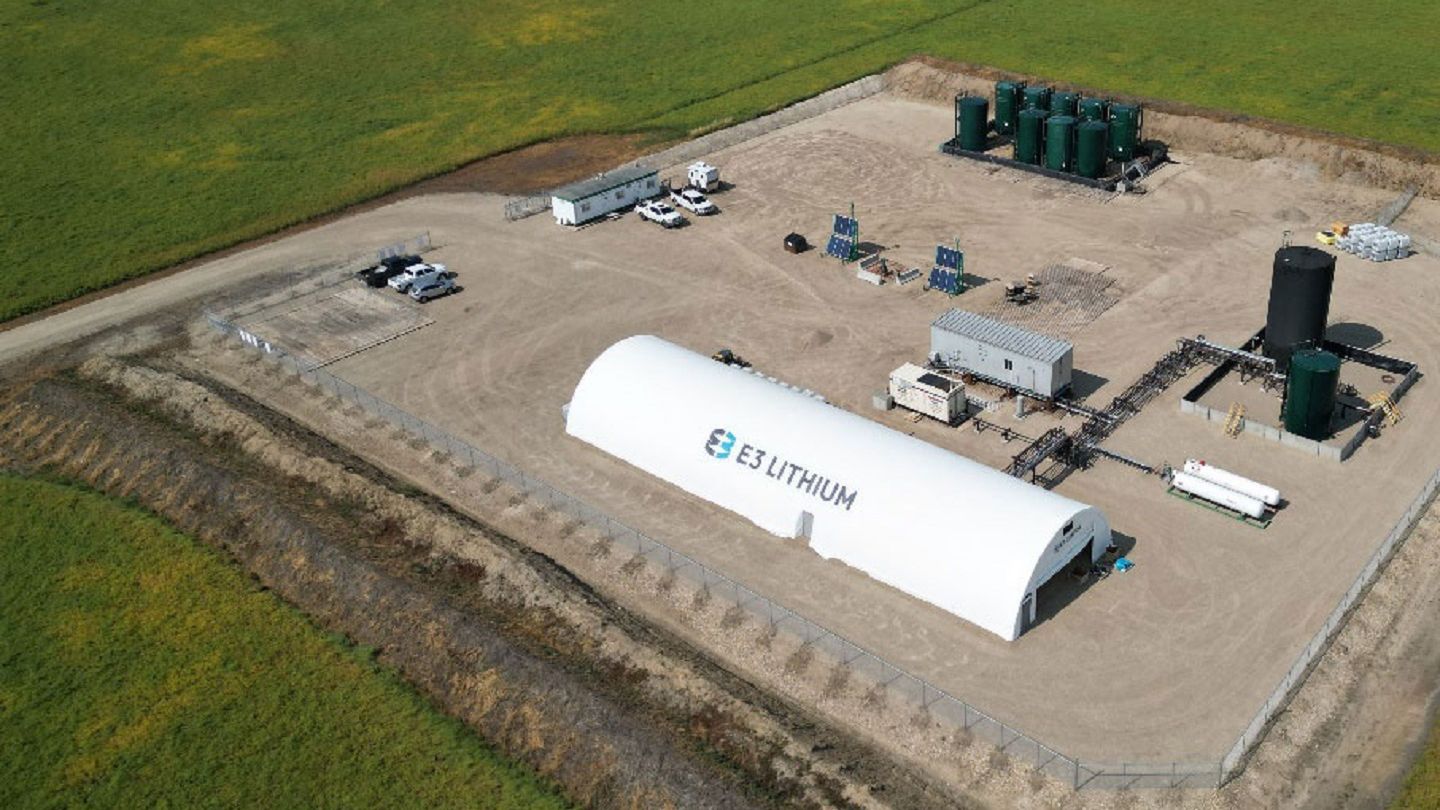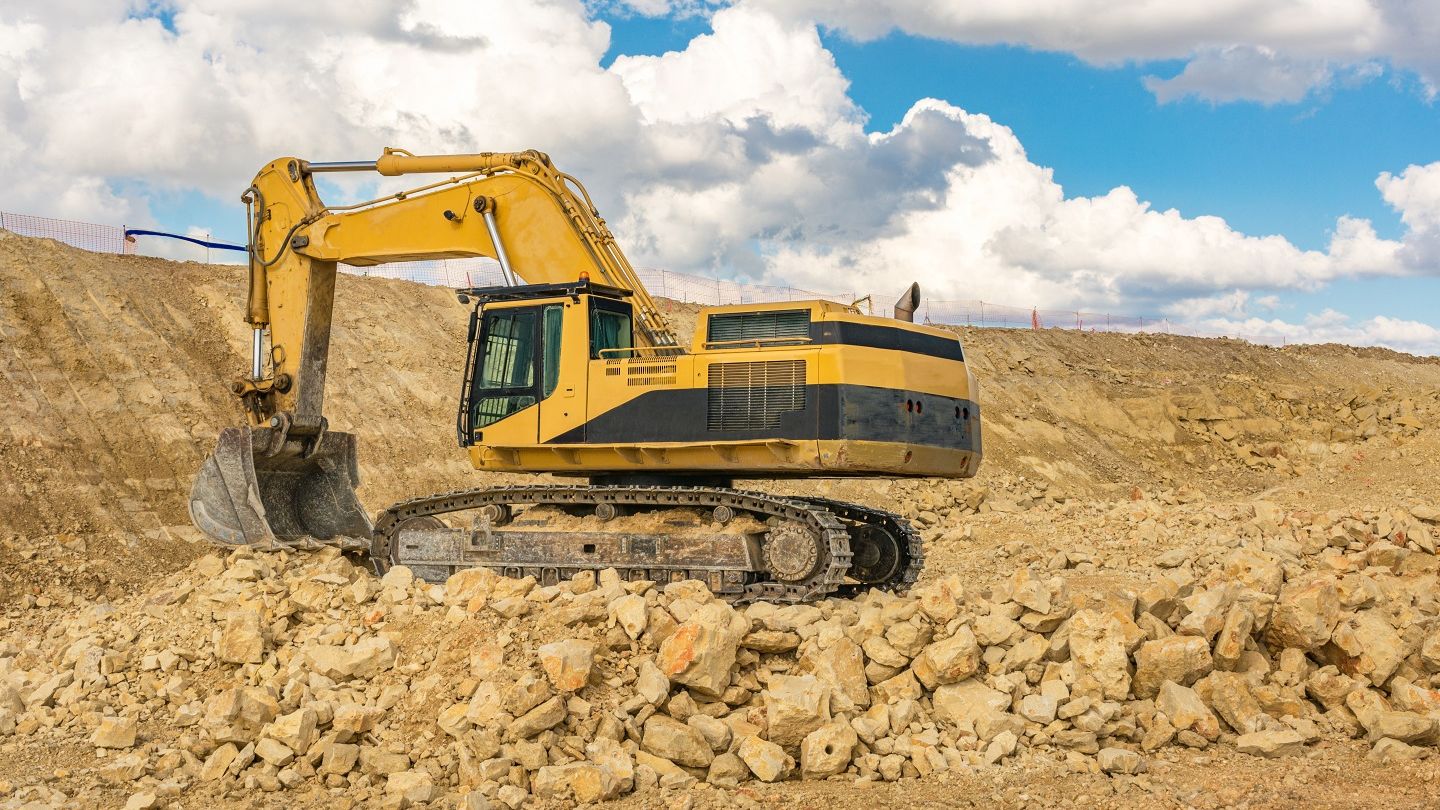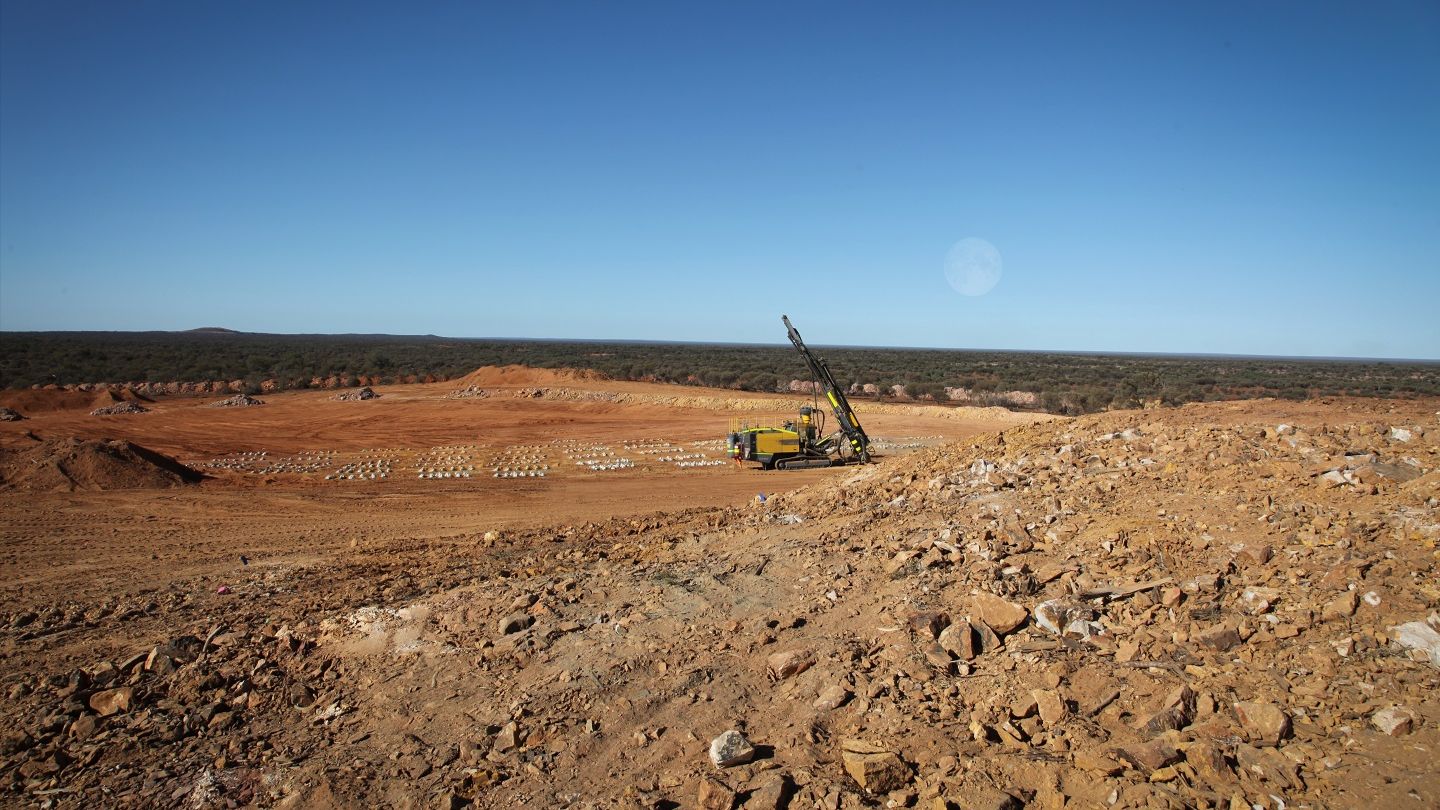Atucha II returns to service after completing repairs
30 August 2023
Argentina's Atucha II nuclear unit is delivering power again after the successful completion of repairs prompted by the October 2022 inspection discovery that one of the four internal supports of the reactor had detached and moved from its design location.
.jpg?ext=.jpg) The Atucha site (Image: Nucleoeléctrica Argentina)
The Atucha site (Image: Nucleoeléctrica Argentina)After the discovery, the unit was shut down and an interdisciplinary team worked to diagnose the situation and decided to extract the separator and carry out the repair remotely without needing to dismantle the reactor, shortening the expected repair time from four years to 10 months, Nucleoeléctrica Argentina said.
The company said that "after evaluating the situation, it was decided that the best option to extract the separator through the channel was to cut it into four parts ... it was also resolved to preventively reinforce the welding of the three separators that were still mounted to avoid future damage".
The detached separator was 14 metres inside the reactor, so new tools needed to be designed to adapt to those conditions, including a cutting tool, holding tool, gripper, a basket within which to extract the piece as well as lighting and vision tools to monitor the manoeuvre.
To test the tools and train and prepare for the cutting and extraction manoeuvres a full-scale model of the sector of the reactor in which the intervention was carried out was designed, manufactured and installed - the tank used to represent the moderator tank was the same one used as a mock-up to test the tools and rehearse the manoeuvres that allowed the historic repair of the Atucha I reactor in 1988.
The cutting of the separator took two weeks in total, and once it was completed the extraction tool was introduced "which allowed each of the cut separator pieces to be held and placed in the basket tool for removal from the reactor". The welding of the remaining supports took six days.
Nucleoeléctrica Argentina said that it worked with other suppliers in the country to create the necessary tools, and said: "The completion of this challenge not only marks a new milestone for the Argentine nuclear industry, but also confirms the country's scientific-technological capabilities to carry out complex engineering projects. In this way, the experience acquired by Nucleoeléctrica in this repair will allow the country to export knowledge and tools for use in other nuclear power plants in the world."
Argentina's nuclear sector has three pressurised heavy water reactors with a total generating capacity of 1641 MWe across the Atucha I, Atucha II and Embalse power plants. Atucha II's first grid connection was in 2014 - construction began in 1981 as a joint venture of Argentina's National Atomic Energy Commission and Germany's Siemens-Kraftwerk Union but work was suspended in 1994 with the plant 81% complete. It was restarted in 2006, entering commercial operation in May 2016.
Researched and written by World Nuclear News
.jpg?ext=.jpg) The Columbia Fuel Fabrication Facility (Image: Westinghouse)
The Columbia Fuel Fabrication Facility (Image: Westinghouse).jpg?ext=.jpg) SaskPower has selected GEH's BWRX-300 for potential deployment in Saskatchewan (Image: GEH)
SaskPower has selected GEH's BWRX-300 for potential deployment in Saskatchewan (Image: GEH).jpg?ext=.jpg) From left to right: Anicet Touré, Head of Strategy, Nuclear (Tractebel), Dan Kell, Senior Director - Power Transmission & Integration (Hatch), Philippe Van Troeye, CEO (Tractebel), Jim Sarvinis, Managing Director - Power (Hatch), Denis Dumont, Chief Global Nuclear Officer (Tractebel), Adel Muna, Director of Power - Europe (Hatch), Arnaud Rahier, Chief Operating Officer, Canada (Tractebel), Alain Masuy, Advisory Lead, Europe (Hatch) (Image: Tractebel)
From left to right: Anicet Touré, Head of Strategy, Nuclear (Tractebel), Dan Kell, Senior Director - Power Transmission & Integration (Hatch), Philippe Van Troeye, CEO (Tractebel), Jim Sarvinis, Managing Director - Power (Hatch), Denis Dumont, Chief Global Nuclear Officer (Tractebel), Adel Muna, Director of Power - Europe (Hatch), Arnaud Rahier, Chief Operating Officer, Canada (Tractebel), Alain Masuy, Advisory Lead, Europe (Hatch) (Image: Tractebel).jpg?ext=.jpg) ISP's vision for the CISF (Image: ISP)
ISP's vision for the CISF (Image: ISP).jpg?ext=.jpg) Scientists and engineers from GE's Carbon Capture Breakout Team will work on the pre-feasibility studies (Image: GE)
Scientists and engineers from GE's Carbon Capture Breakout Team will work on the pre-feasibility studies (Image: GE)



